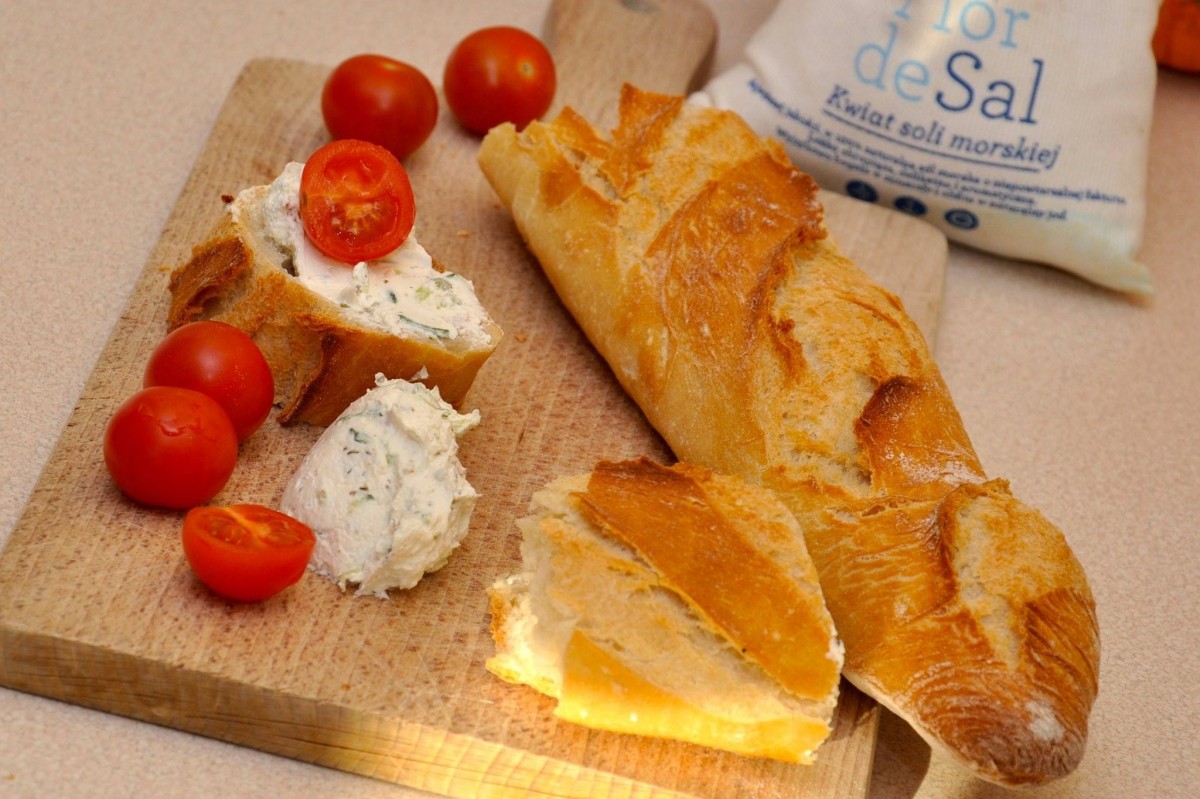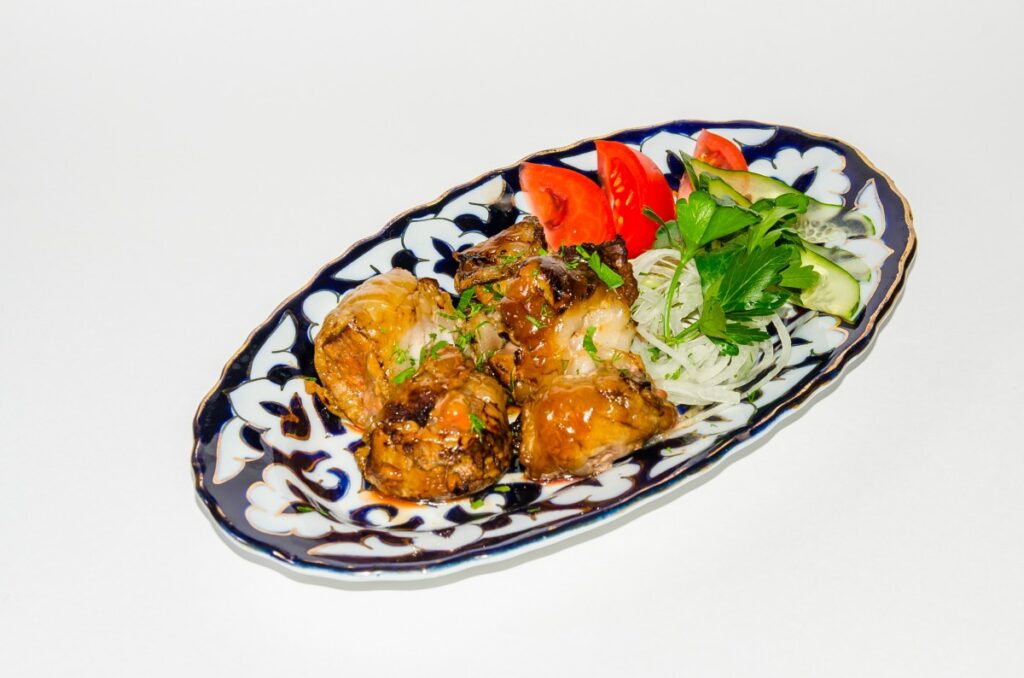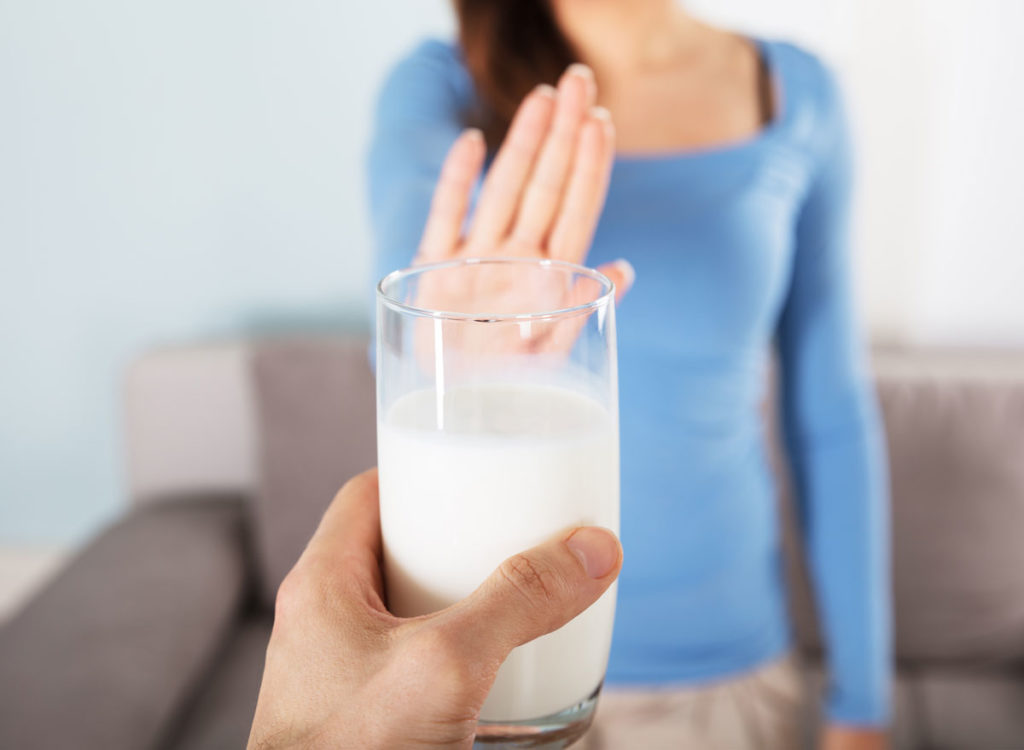Summary
– Step 1: Don’t fall back on sugar
– Step 2: Eat salt-free bread
– Step 3: Choose your water carefully
– Step 4: Don’t buy canned or ready-made food
– Step 5: Make up for the lack of salt
Salt (sodium) is essential for the proper functioning of our body. Nevertheless, we tend to consume too much: the WHO recommends not exceeding 5 g per day, but less than one adult in 10 complies. Moreover, people suffering from hypertension, in particular, must be careful not to overeat salt as the increased sodium content of the food aggravates the risk of headaches. Moreover, excess salt could have consequences on the intestinal microbiota.
So, what dietary solutions should be adopted for people on a salt-free diet? Here are some answers that may help you.
1. Don’t fall back on sugar
When we are on a salt-free diet, we spontaneously tend to compensate by preferring sweet foods. This is a trap you should never fall into.
If you start a salt-free diet, you risk seeing your appetite increase in the early stages. This is when you should watch your sugar intake, which should not increase. You may experience small cravings and be hungry more often.
It will take you an average of two weeks to get used to salt.
Tip: choose a diet salt that contains very little sodium but is not completely sodium-free if you are not on a strict salt-free diet.
2. Eat salt-free bread

Bread is an excessively salty food (the same goes for French toast or pie dough). Ideally, it would help if you stopped eating bread altogether. While this will be easy for some people who rarely eat bread, it will be unthinkable for others.
Here are two possible solutions for this category of people who follow a salt-free diet.
– Ask your baker if he agrees to make you a special salt-free bread once a week. If they make enough, you can freeze some of it and have enough for the week.
– Make your own bread using a bread machine. Follow the recipe and leave the salt out. The same goes for the pie dough, which you will need to make homemade and without salt.
3. Choose your water carefully
– Watch the sodium content of your water if you buy bottled water. Generally speaking, carbonated water is exceptionally high in salt.
– Switch to plain water and study the labels. You’ll quickly learn which brands are low in salt and, therefore, suitable for you.
– Your cooking water should not be salty when you cook pasta or rice.
Tip:
- Use fresh pasta that contains less salt, and add a bouquet garni to the cooking water.
- For rice, use fragrant rice (such as basmati rice) and prefer to cook it “à la créole” by frying it first before adding water.
- For steamed potatoes, cook them with their skin on.
4. Don’t buy canned or prepared foods
– Avoid canned goods and ready-made meals: these products all contain varying amounts of salt and are unsuitable for a salt-free diet. This is especially true for ready-made meals and soups in bags or bricks, exceptionally high in salt.
– Also, be careful with sauces, whether it is mayonnaise, mustard, tomato sauce, or other, all contain salt. Once again, the best thing to do is to make your dressing without salt.
– Ban chips, olives, other crackers, cheese, cold cuts, smoked products, and shellfish.
5. Make up for the lack of salt
– The best thing is to eat fresh products. You can prepare them in foil or on the grill to give them more flavor.
– In general, add herbs, spices, and pepper to compensate for the lack of salt.
– You will find in health food stores and on the internet a range of products specifically designed for people on a salt-free diet.
– You can also find in pharmacies dietary salts: potassium salts which are helpful in cases of high blood pressure because of their diuretic action and proven hypotensive effect.
– In the same way, many recipes without salt exist, and you will quickly know how to combine spices to give taste to your dishes without using salt.
For example, poultry goes well with curry, veal with paprika, and in general, you can put garlic, parsley, chives, and dill in your vegetables…


